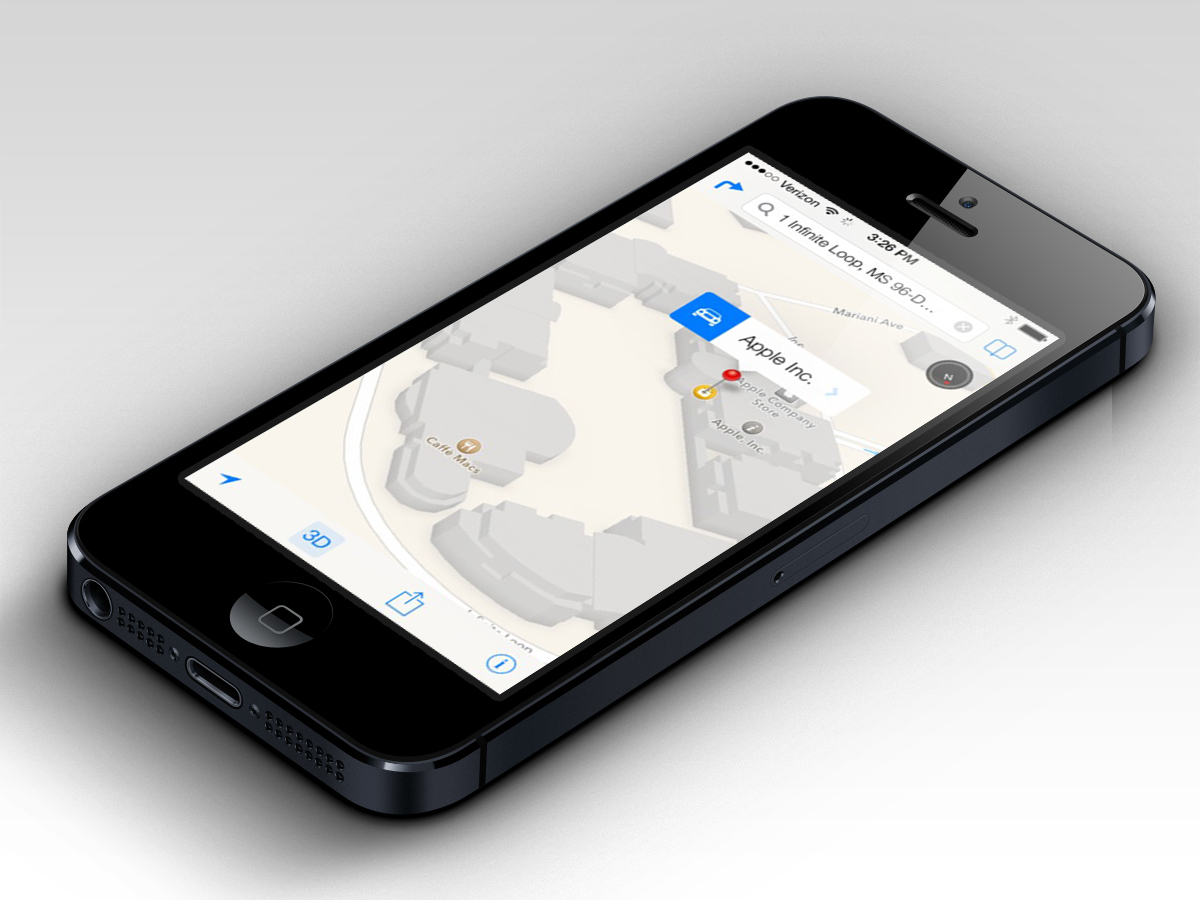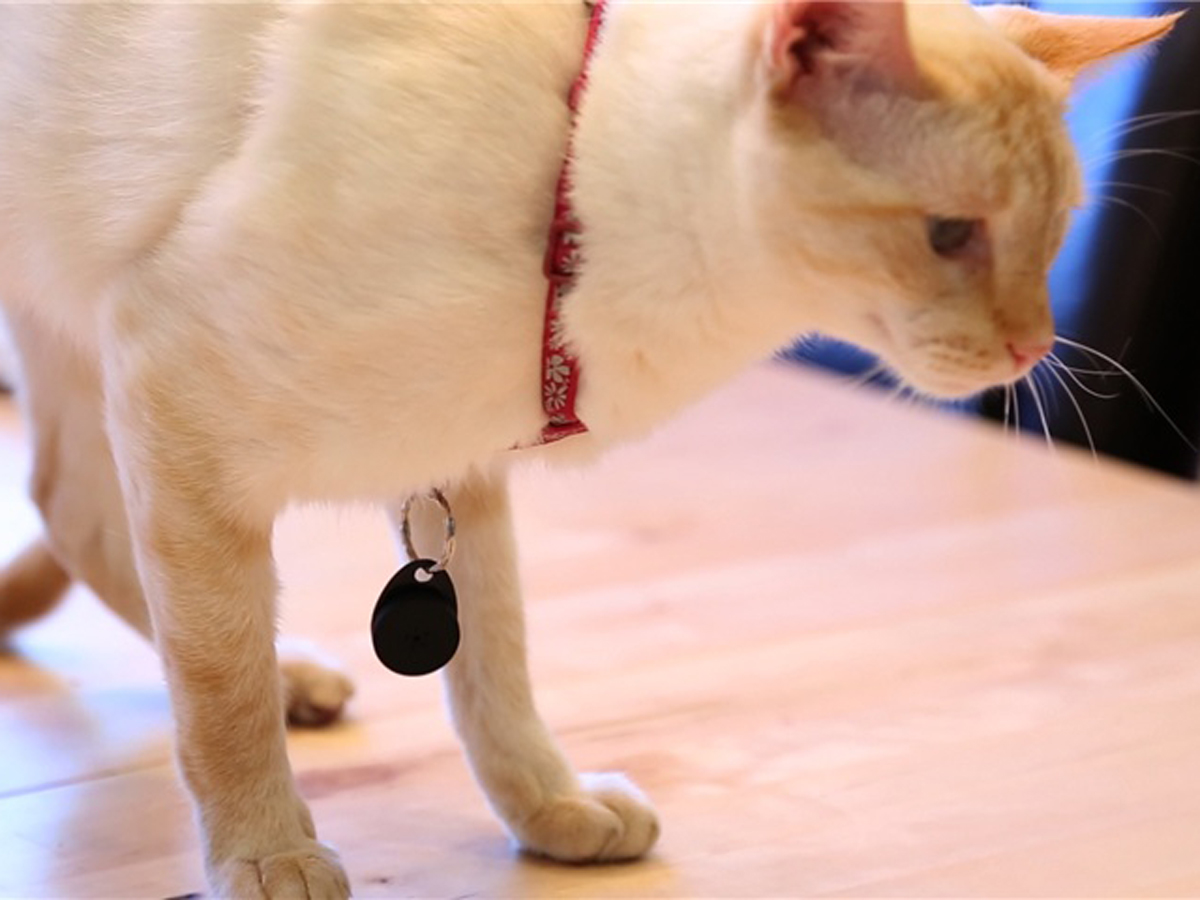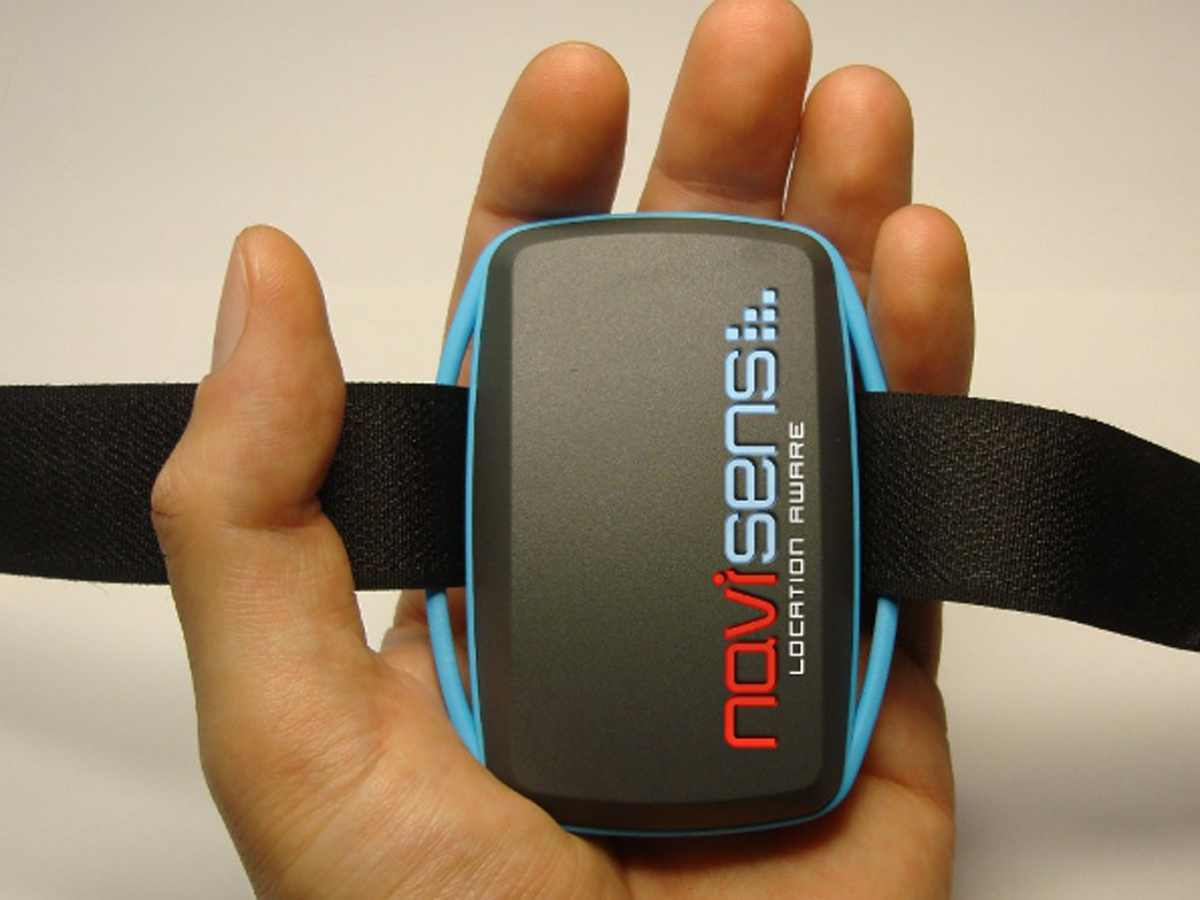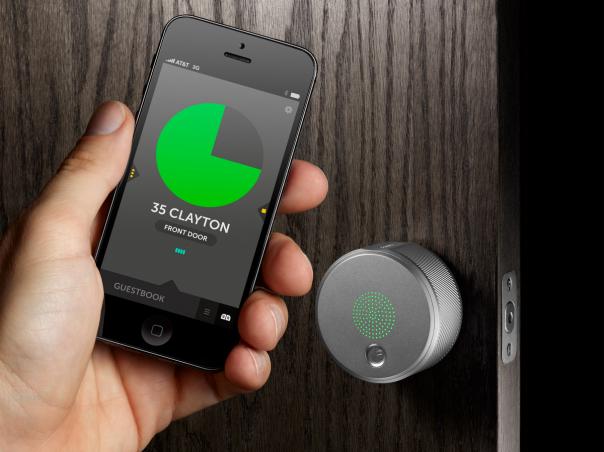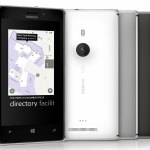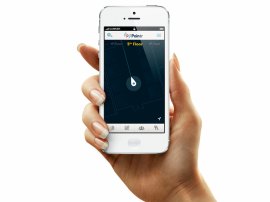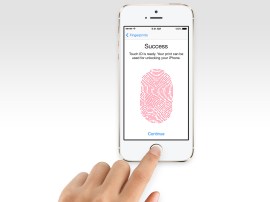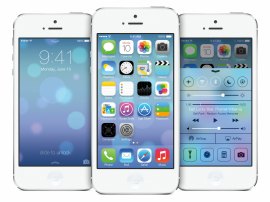Indoor navigation – it’s the way forward (and backward, and left and right)
Indoor navigation means adverts will be more targeted, objects around you will be smarter and you’ll never be lost anywhere, ever again
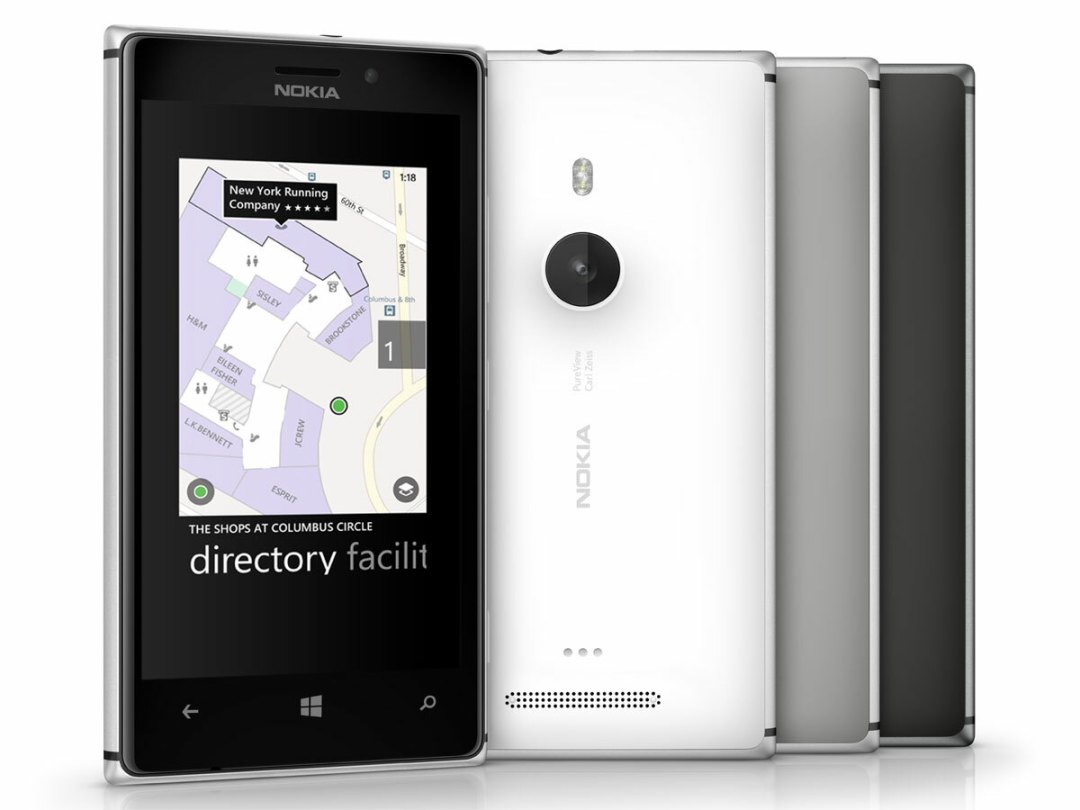
Location based services have been appearing on ‘next big thing’ lists for half a decade.
But, as the years come and go, only a smattering of dedicated diehards still actually use them. We’re looking at you, Peter.F, Mayor of the Tesco Express in Rotherham.
That’s all about to change.
There’s a missing link that will make check-in services mainstream, that will give them purpose and practicality. Most importantly, it will make them easier to monetise. That missing link is indoor navigation.
So, what kind of technology is indoor navigation?
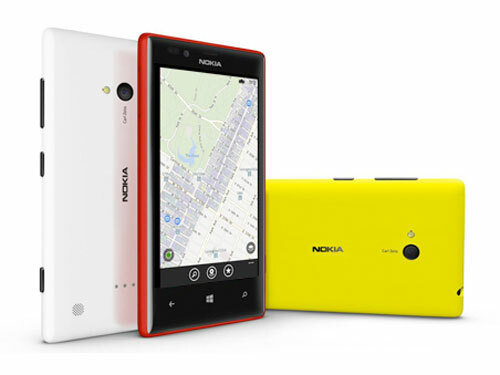
It isn’t really a technology, it’s an idea. It goes like this; what if there were apps that worked like GPS, but indoors? What if we could take positioning technology and mash that together with maps of shopping malls, exhibition centres, hotels, hospitals, universities, supermarkets – or any other big, confusing, indoor space?
Well, increasingly, we can. Now that almost everyone has a smartphone, a host of big names are chucking money and manpower at indoor navigation. Google has Indoor Maps and Apple has iBeacons support in iOS 7. But at the front, riding a white horse and carrying a sabre, is Nokia. Indoor navigation features built into HERE, the mobile maker’s map app, are shiny proof of the indoor navigation concept. And its committed too.
“Users have a need. We’ve mapped more than 49,000 buildings in 45 countries,” says Christof Hellmis, VP of the HERE Map Platform at Nokia, “We’re adding up to a thousand a month to provide orientation to end customers.”
How does it all work?
Smartphones, their sensors and indoor maps are all essential ingredients, but there are several positioning solutions still in competition.
Built into iOS 7, iBeacons uses low energy Bluetooth (Bluetooth LE) to transmit and decode location data from devices in near proximity. The technology detects the proximity of a Bluetooth node – another iPhone or third party Bluetooth transmitter – calculating distance by the strength of the signal. Best of all? It’s not expensive.
UK developer Agant is for example, putting together an application development kit based on low cost StickNFind Bluetooth stickers. Ordinarily, they’re used to keep track of things that are easy to lose. Like cats – though they make for terrible positioning nodes.
“They cost about 20 dollars a piece and you can stick them pretty much anywhere,” says Dave Addey, Managing Director of Agant, “They just sit there blipping away. Our location app knows where every sticker is within a floorplan.”
Another application uses the technology already built into your phone. Navisens MotionDNA is an indoor location and navigation technology without reference nodes.
“The approach that Navisens takes is to minimise reliance on any infrastructure. We do this by processing data from the inertial sensors (accelerometers and gyroscopes) found inside smartphones,” says Dr. Ashod Donikian, “[We can] calculate a location without having to place any beacons or infrastructure in the environment… In fact, we can locate in an environment even if we’ve never previously been there before.”
What’s the point?
Indoor navigation isn’t just about finding your way around big buildings. It’s about bridging the gap between inside and outside; finding your way wherever you are.
Apple has excited geeks with claims that iBeacons will do much more than find the shortest route to Starbucks in your local Arndale Centre, though. It will also help iOS devices interact with things. Approach a suitably equipped door, for example, and it will unlock and open it for you. Leave a room with location sensing technology installed and the lights will turn out. Indoor location brings the Internet of Things a step closer.
Ok. Could it be used for evil?
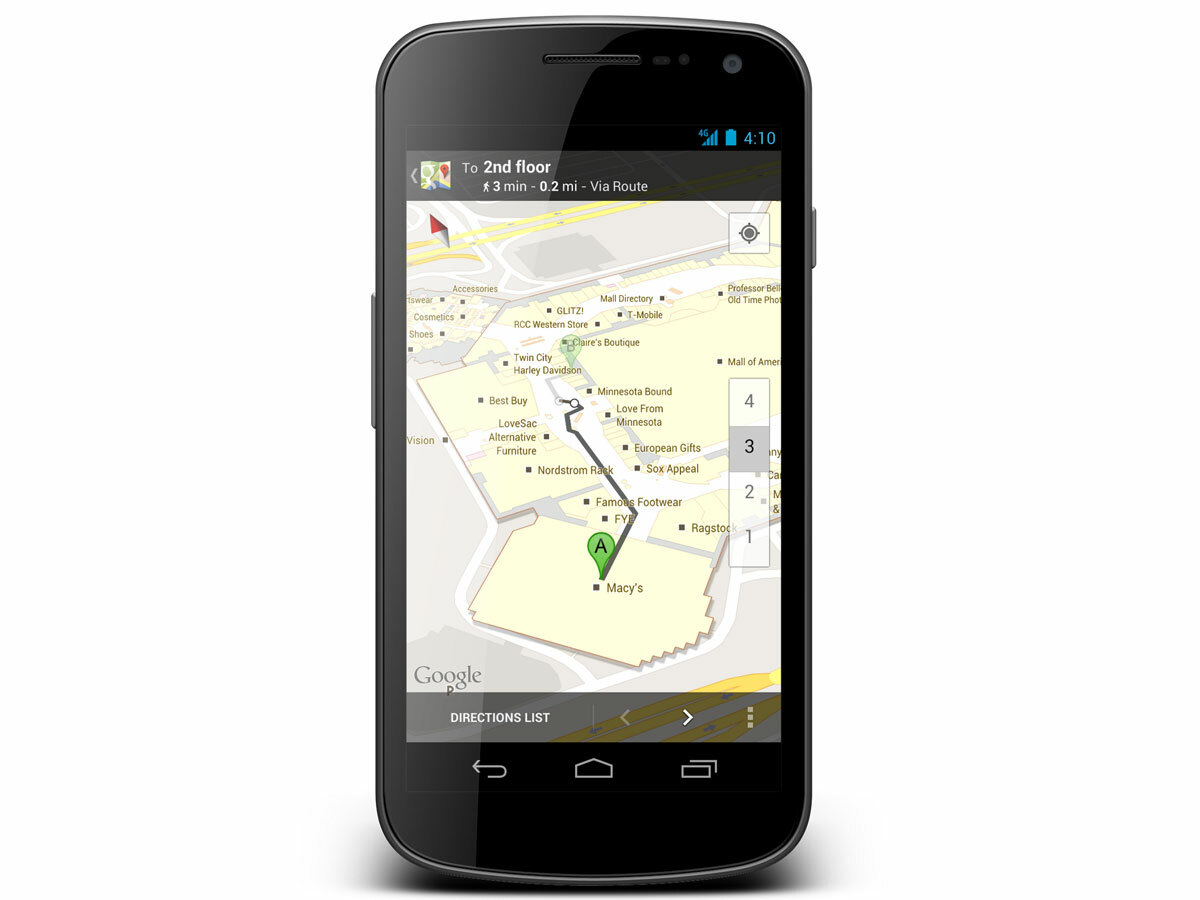
Oh yes.
We were treated to a gobsmacking display of data collection by Dr. Peter Bunus, co-director of SenionLabs, including a demo of an employee’s movements through a typical day. Tracked using SenionLab’s NavIndoors technology, we could see the corridors one worker walked down to get to his office, how long he spent at his desk – even the frequency of his loo visits.
“There are a lot of privacy issues. Definitely, there’s a little bit of work for the lawyers to do there,” says Peter, chuckling, “We are engineers, we try to get the technology in place.”
Data gathering in and of itself isn’t evil. It’s how the Internet makes money, after all. And Dr. Bunus is enthusiastic about the commercial potential of tools that can gather information about real world shopping habits, for example.
“Location based technology could revolutionise and disrupt the mobile advertising industry,” says Peter, “Location based mobile marketing promises the sky; high conversion rates and surgical targeting of ads.”
The next step? Fridges that text to remind you that you’re out of milk when you’re at the supermarket, banner ads that know you looked at stripey shirts the last time you were in Gap and sponsored walking routes that take you past sponsored shops…
